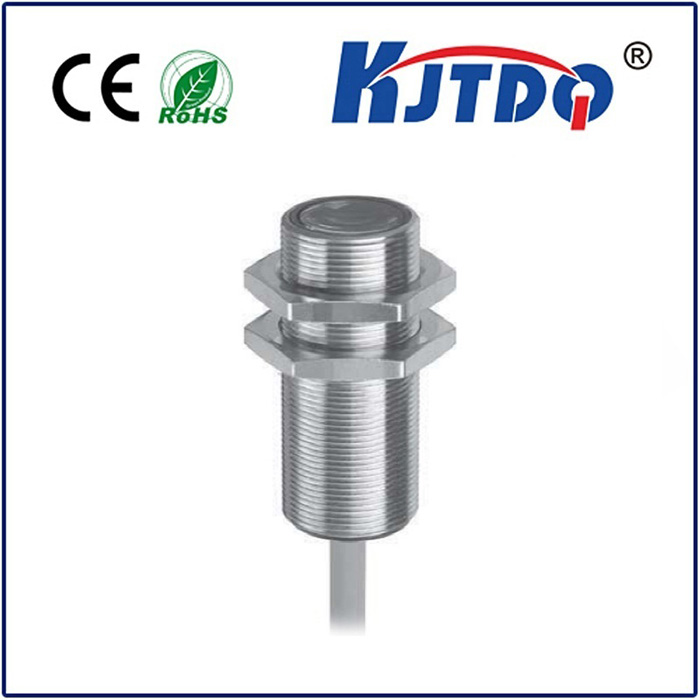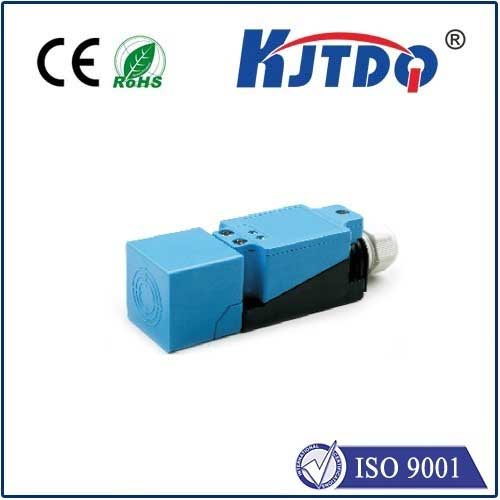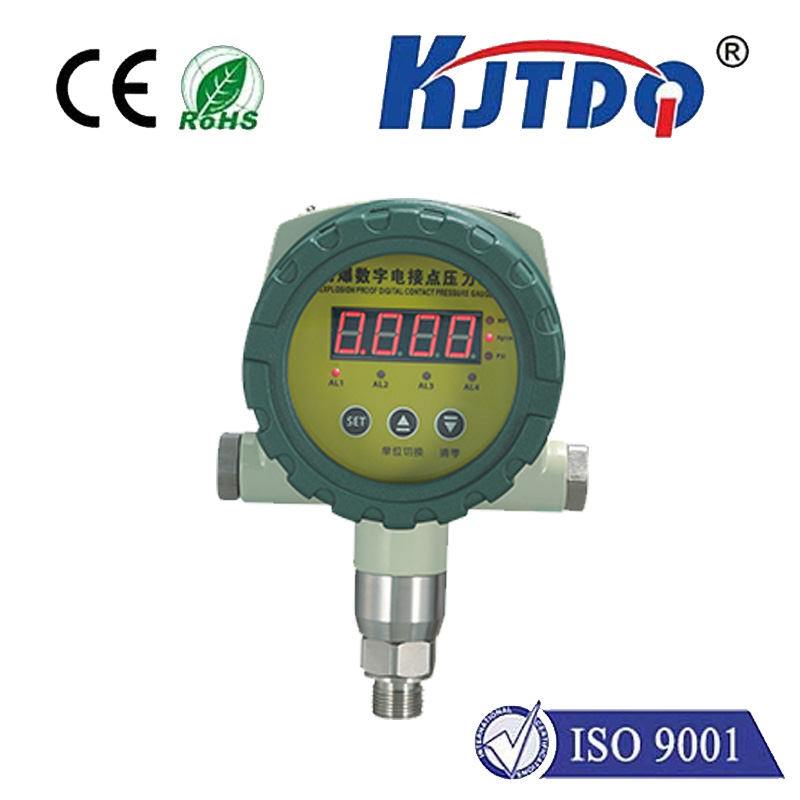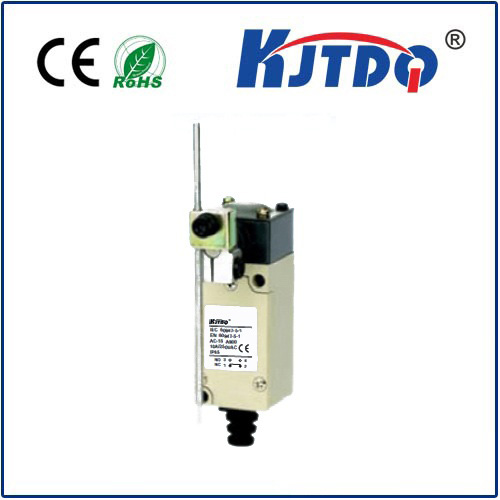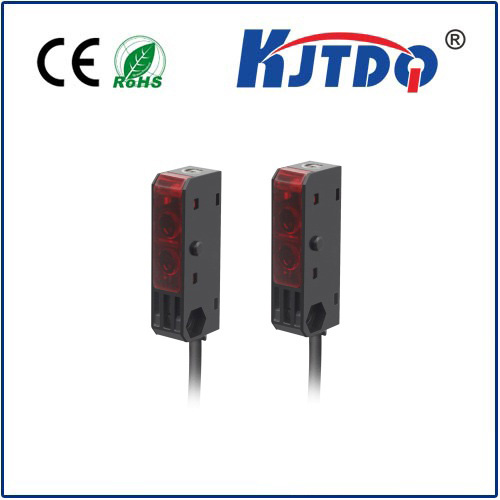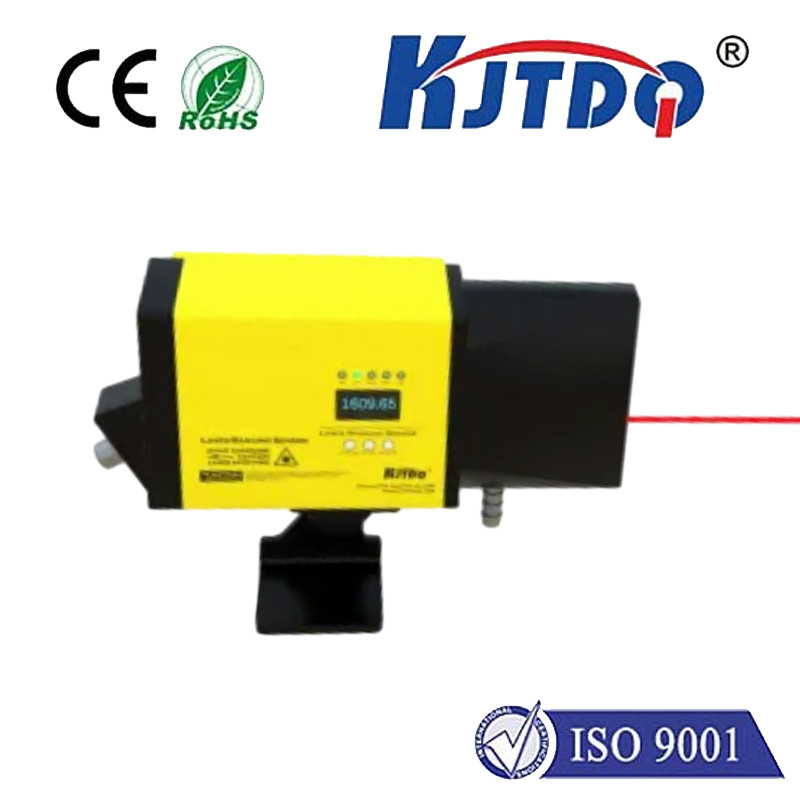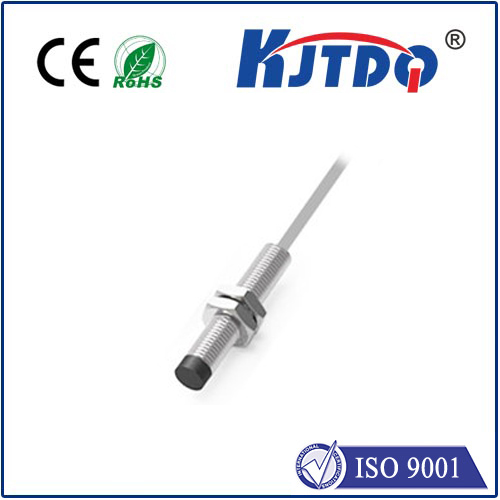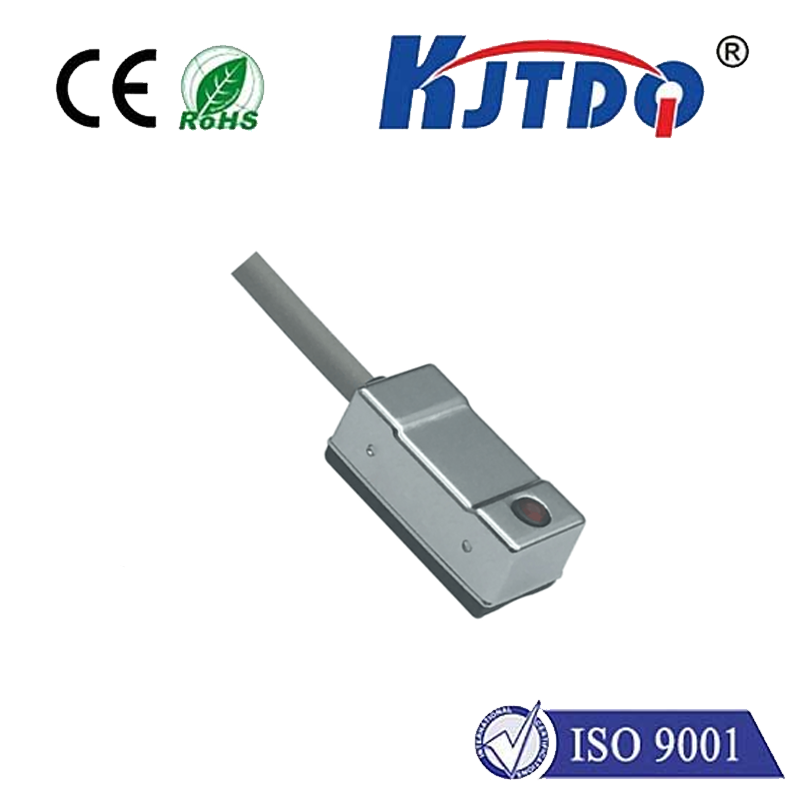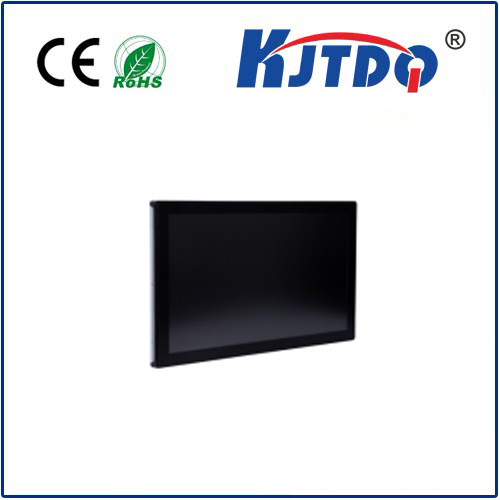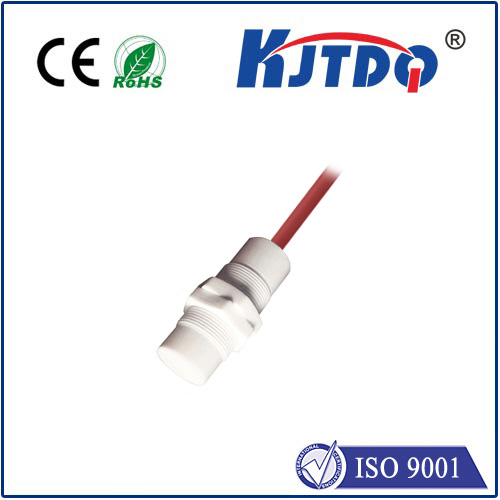E3FB-BP12 2M 5v photoelectric sensor
- time:2025-10-11 08:31:43
- Click:0
Unlock Reliable 2-Meter Detection: The Essential Guide to Omron’s E3FB-BP12 5V Photoelectric Sensor
In the intricate choreography of modern automation, consistency is king. Machines must move, parts must be positioned, and processes must proceed seamlessly, often at breathtaking speeds. At the heart of this reliability lies a fundamental need: knowing where things are. When dependable object detection over clear distances is non-negotiable, especially in compact spaces demanding low-voltage solutions, Omron’s E3FB-BP12 2M 5V Photoelectric Sensor emerges as a compelling choice. This robust through-beam sensor delivers precise, maintenance-free detection at a 2-meter range powered by just 5V DC, making it an unsung hero in countless applications demanding simplicity and performance.
The Power Behind the Beam: Understanding Through-Beam Technology
Before diving into the E3FB-BP12 specifically, let’s clarify its core operation: through-beam sensing. This method involves two separate units:
- An Emitter: Constantly emits a beam of light, typically infrared (IR) for photoelectric sensors like this one.
- A Receiver: Positioned directly opposite the emitter, continuously monitoring for this specific light beam.
Detection occurs when an object physically interrupts the light beam traveling between the emitter and receiver. The receiver signals this interruption. This principle offers significant advantages:

- Superior Range: Through-beam sensors achieve the longest detection ranges among photoelectric types.
- High Reliability: Immune to target color, texture, or reflectivity. If the object blocks the beam, it’s detected.
- Unwavering Accuracy: Highly accurate detection points, ideal for precise positioning.
Why the E3FB-BP12 2M 5V Stands Out
This specific model carves its niche by combining a significant sensing distance with a compact form factor and low voltage requirements:
- Robust 2-Meter Sensing Range: The 2M designation signifies a dependable 2-meter (approx. 78 inches) gap between the emitter (E3FB-B1) and receiver (E3FB-D1). This range provides substantial flexibility in machine design, allowing sensing across conveyors, through machinery guarding, or detecting objects on lengthy fixtures without sacrificing reliability.
- Compact BP12 Form Factor: The BP12 suffix indicates a compact, tubular body design (typically 12mm diameter). This small size allows for easy installation in confined spaces where larger sensors simply wouldn’t fit, ideal for modern, dense equipment layouts.
- Low-Voltage (5V DC) Operation: Powered by a simple 5V DC supply, the E3FB-BP12 integrates seamlessly into circuits and control systems that utilize low-voltage logic or microcontrollers (like PLCs or Arduino-based systems). This eliminates the need for bulky, higher-voltage power supplies in delicate or space-constrained environments. Its low power consumption also contributes to energy efficiency.
- Through-Beam Precision: Leveraging the inherent advantages of through-beam technology, it delivers highly reliable object detection or absence verification, unaffected by the target’s surface characteristics. It works equally well on clear glass, shiny metal, matte plastic, or irregular surfaces, as long as the beam is interrupted.
- Environmental Resilience: Designed for industrial use, the E3FB-BP12 typically features robust construction capable of enduring minor impacts, vibrations, dust, and ambient light interference common in factory settings. This translates to minimal maintenance and long operational lifespan.
- Simple Setup & Wiring: Featuring pre-wired cables (often 0.3m or 2m options) and straightforward NPN or PNP output configurations (depending on the specific variant - ensure you select the correct part number for your required output type), installation is quick and minimizes commissioning time. Polarity protection is also common.
Putting the E3FB-BP12 to Work: Key Applications
Its unique blend of range, size, low voltage, and reliability makes this sensor invaluable across diverse sectors:
- Small Automation & Robotics: Detecting parts on compact robot arms, verifying pick-and-place operations, sensing end-of-arm tooling position, or confirming component presence in miniature assembly cells. The 5V operation is perfect for integrating directly with common robotic controllers or microcontrollers.
- Packaging Machinery: Verifying case/tray presence before filling or sealing, detecting missing products on high-speed lines, counting packages on narrow conveyors. The 2-meter range allows sensor placement outside the direct flow path.
- Conveyor Systems: Object counting, jam detection, position verification for sorting gates or diverters, detecting items at transfer points over gaps. The through-beam reliability prevents miscounts due to color variations.
- Material Handling: Verifying the passage of pallets, totes, or carts through doorways or designated zones. Sensing cart position on automated guided vehicles (AGVs) or monorail systems.
- Printing & Labeling: Detecting the leading/trailing edge of paper, film, or labels for precise registration and cutting. Confirming media presence in printers.
- Electronics Manufacturing: Verifying PCB insertion or removal during testing, detecting components on feeders, sensing cover closure on sensitive equipment. The compact BP12 body fits easily into test jigs and fixtures.
- Access Control: Simple object or door/gate position detection for basic security or safety interlocks where 5V systems are prevalent.
Installation Essentials for Peak Performance
Maximizing the effectiveness of your E3FB-BP12 2M 5V Photoelectric Sensor hinges on correct installation:
- Secure Alignment: The #1 critical step! The emitter and receiver must be precisely aligned so the beam hits the center of the receiver’s lens. Even slight misalignment drastically reduces detection reliability. Use mounting brackets designed for the BP12 body for stability and fine adjustment.
- Stable Mounting: Ensure both units are rigidly mounted to prevent vibration-induced misalignment. This is crucial for maintaining the reliable 2M detection capability.
- Environmental Considerations: While robust, avoid excessive ambient light directly shining into the receiver lens. Minimize heavy airborne debris or condensation that could settle on lenses and attenuate the beam.
- Electrical Connection: Correctly connect the 5V DC power supply (Red wire: +V, Blue wire: 0V) and the load (Brown/Black wire: Output) according to the sensor’s specific output specification (NPN or PNP) and your controller’s requirements. Double-check connections before powering on. Refer to the official E3FB manual for your specific variant’s wiring diagram.
- Range Confirmation: Verify the detection works consistently across the entire required path within the 2-meter limit. Test with the actual objects to be detected under normal operating conditions.
Connecting the Dots: Wiring Simplified
Understanding the output is key. The E3FB-BP12 typically comes in NPN (sinking) or PNP (sourcing) output variants:
- NPN Output: The output transistor connects the load to ground (0V) when active. The load (e.g., PLC input) needs to be connected between +V and the sensor’s output wire.
- PNP Output: The output transistor connects the












